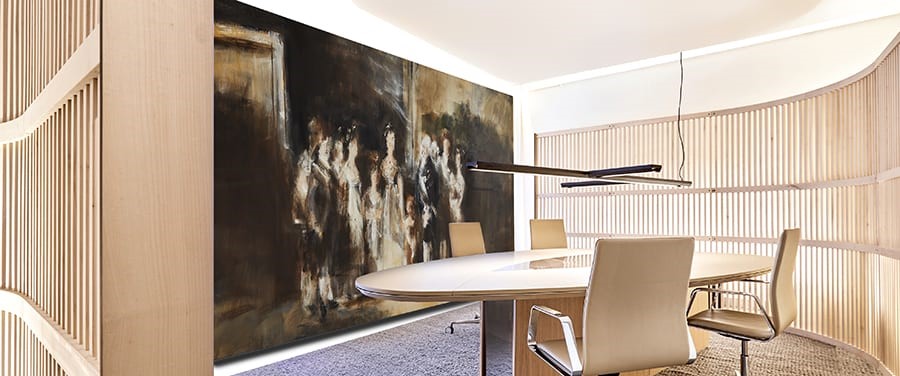What do you need to know about intellectual property in architecture and engineering? Do you know about copyrights and trademarks violation?
- Companies in the engineering industry, such as mechanical engineering or electrical engineering companies, must clearly define their intellectual property and protect their designs, processes, and inventions. Intellectual property protects the competitive advantage of the company, its market share, and its reputation.
- As the world is characterized by the increase in manufacturing capacities globally, but particularly in China, companies require to research and innovate more. Intellectual property rights protect the work and innovation of engineers and companies.
- Copyrights protect buildings designed for humans and exclude designs like bridges, cloverleafs, mobile homes, walkways, boats, dams, and recreational vehicles. They also exclude designs for configurations of spaces and designs for fixtures like windows, doors, and staple building components.











